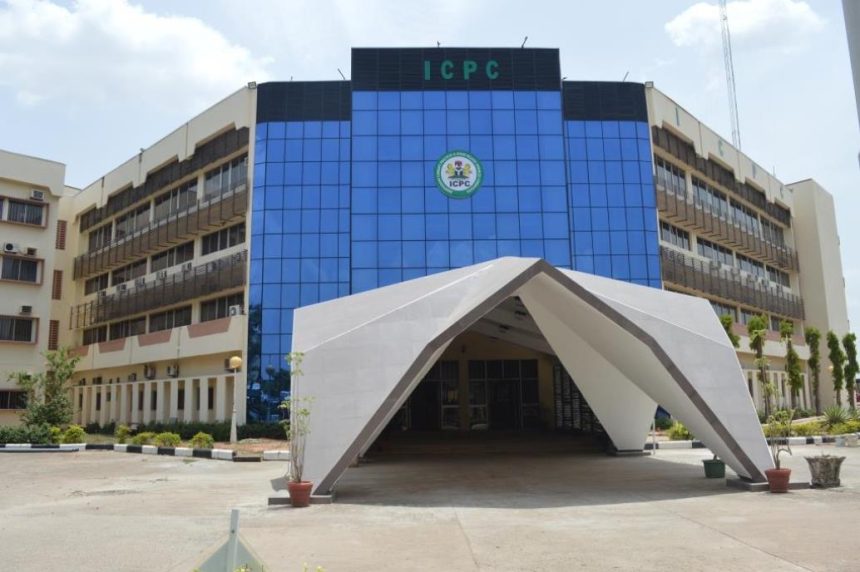The Federal High Court in Abuja has approved the temporary seizure of land linked to the Goodluck Jonathan Housing Estate. This follows a request by the Independent Corrupt Practices and Other Related Offences Commission (ICPC). The land was originally allocated for a low-income housing project in 2012.
The focus of the case is on two large plots in Cadastral Zone D12, Kaba District, Abuja. Together, the plots measure nearly 280,000 square meters and are valued at over ₦5 billion. They were meant for the construction of 962 housing units under the Goodluck Jonathan Legacy Model Housing Estate.
The ICPC told the court that the Federal Mortgage Bank of Nigeria (FMBN) engaged Good Earth Power Nigeria Limited as the developer. The bank secured a $65 million loan for the project from Ecobank. However, more than a decade later, not a single house has been built.
In an affidavit, ICPC investigator Iliya Marcus said the developer received the full amount. Yet, the site remains empty. He also revealed that the company was not registered with the Real Estate Developers Association of Nigeria (REDAN), which is a required step for such projects.
The ICPC believes the land may be the proceeds of unlawful activity. The agency said it had credible information that the developer was secretly trying to sell the land. If sold, it would be hard to reclaim. This is why the commission asked the court to intervene.
Justice Mohammed Umar agreed with the request. He granted the interim forfeiture to prevent the plots from being sold or misused. He also questioned why the full project funds were released when no work had started.
The court instructed ICPC to publish a notice in a national newspaper. This gives interested parties a chance to explain why the land should not be permanently seized by the government.
The case has been adjourned until October 27 for a compliance report. Meanwhile, Good Earth Power Nigeria Limited is already on trial in a separate case.
The Goodluck Jonathan Housing Estate land forfeiture shows the government’s effort to protect public property. It also highlights the need for better oversight of national housing projects. This case may serve as a turning point in how such projects are funded and managed in the future.




